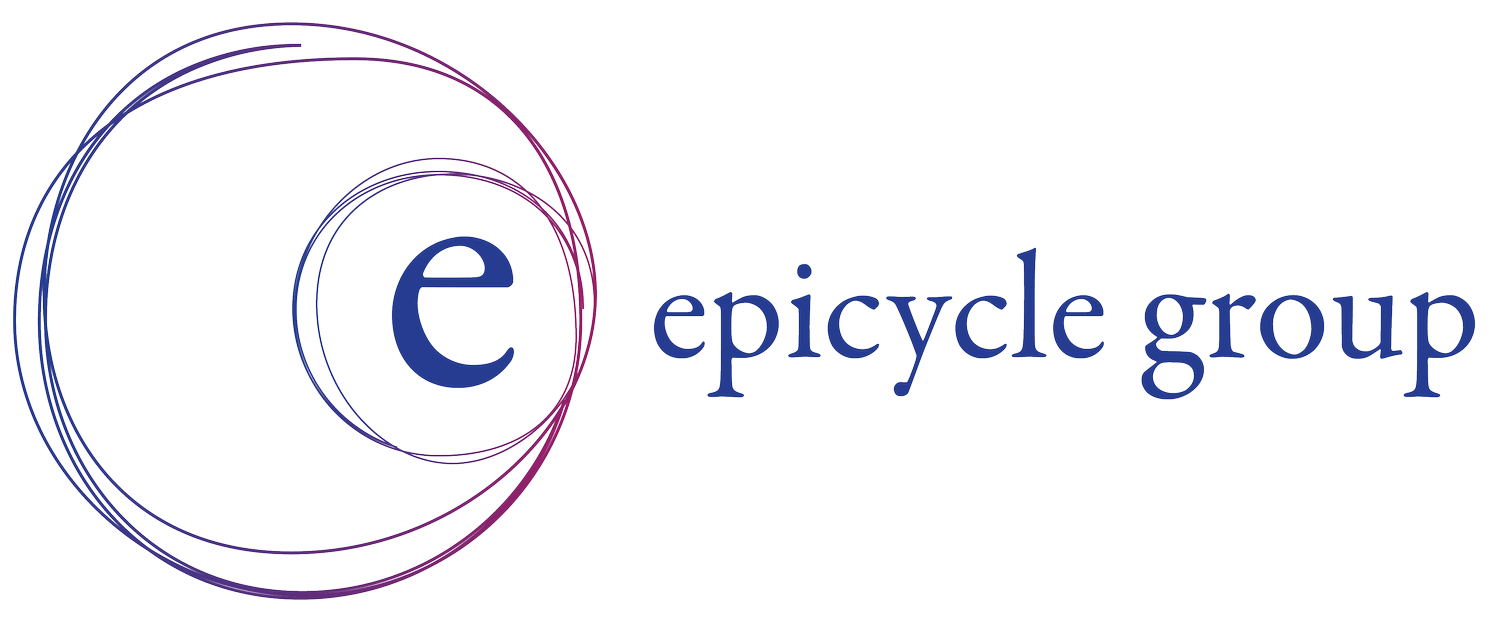
blog
Whether you love this time of year or can't wait until it's over (or both!), one thing is for sure - creating a magical holiday season is A LOT of work.
For many, by the time the end of December rolls around, we are exhausted. And an extra long To-Do list plus being tired means higher-than-usual stress levels.
Finding ways to maximize the joy part of this season means also investing time in strategies to manage stress.
I adopted my own regular gratitude practice a few years ago. Most weekdays I start my workday by writing down three things I'm grateful for, and then meditating for about 10 minutes.
It helps me start my day focused and calm, and it has also taught me a few valuable lessons about myself.
For the past few years, I have thought a lot about Courage. The way we talk about courage is very different than what it actually feels like to BE courageous.
We admire courage, and for good reason. When we talk about it, we express our respect and our awe for the actions people have taken. We praise what courage looks like in action, and also its impact.
But we don’t often talk about what courage feels like.
Setting goals at the start of each year clarifies purpose and provides guidance. However, we can’t identify and write our goals down in January and never look at them again.
It's important that we pull our goals back out mid-year, revise them, and keep them handy in living, breathing documents to finish the year strong.
When companies make it a priority to support working mothers, it benefits both women and workplaces.
This month we celebrated Mother’s Day. Motherhood is deeply important to me, both because of how much my relationship with my own mother has shaped my life, and because of what becoming a mother myself meant to me.
Women leaders bring many benefits to the workplace – including a collaborative leadership style, effective communication skills, and a commitment to social impact. When companies have gender-diverse leadership teams, they typically have stronger bottom lines. Women leaders also face a range of challenges at work.
Many of the great leaders I’ve had the pleasure of working with identify at least one core value that is rooted in love. I’ve heard it called many different things: “connection”, “care”, or “relationships”. How can we bring love, or care, empathy, compassion, and kindness into our work lives to build connected professional relationships?
Our brains like opportunities for new beginnings. The feeling of a fresh start can help us get one step closer to being our best selves. In Daniel Pink’s book, When, he talks about how we can start over at any time – every Monday, our birthdays, or the first day of a new season.
Over the last couple of years, I’ve honed my approach to starting the new year feeling calm, focused, and ready to tackle new goals. As I’ve improved my process each year, I’ve realized that there’s a step BEFORE the planning many of us do in January.










Changing ourselves is hard.
Having insight into why we have a particular behavior is not enough to change the behavior, unfortunately. It's an important start, and while we need to begin with insight, we then need to move into action.
Change is its own process. Here are a few of my favorite ways to create personal change.